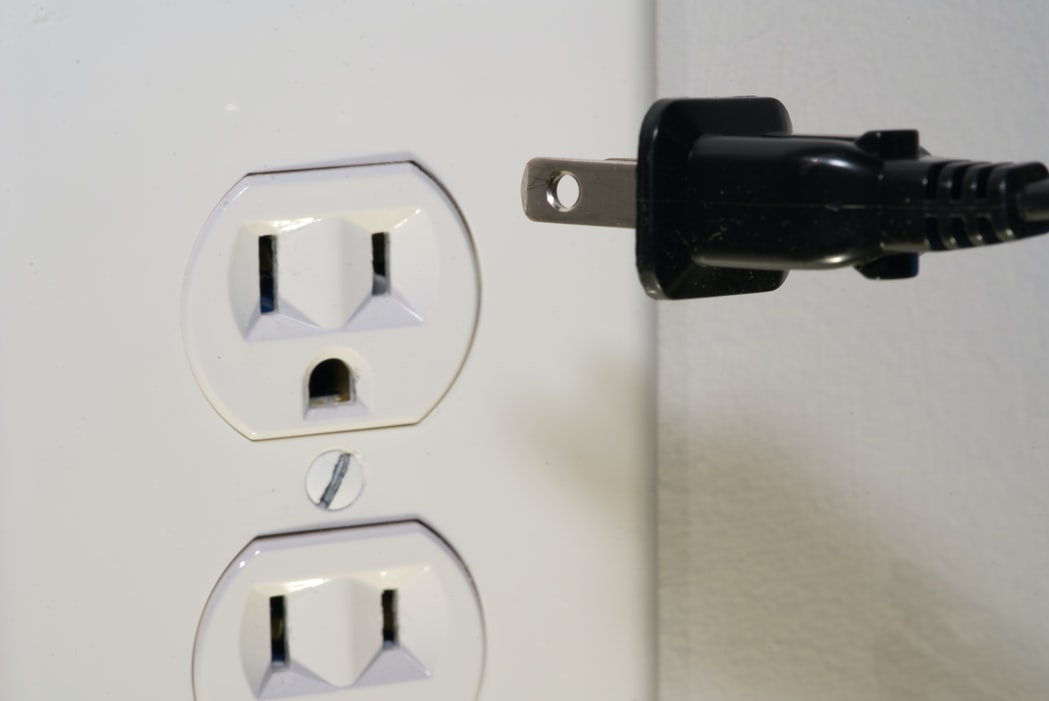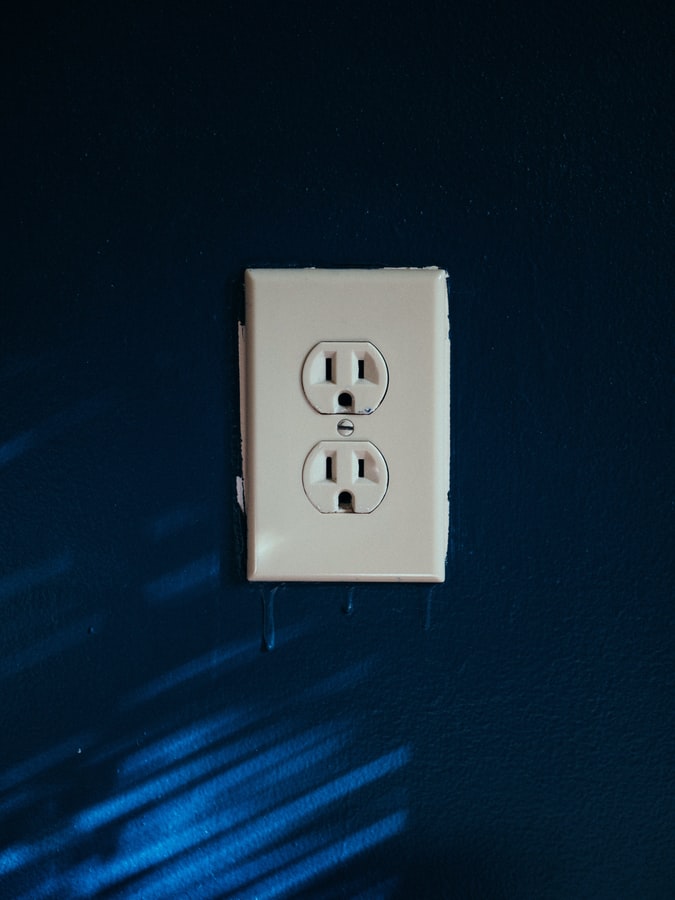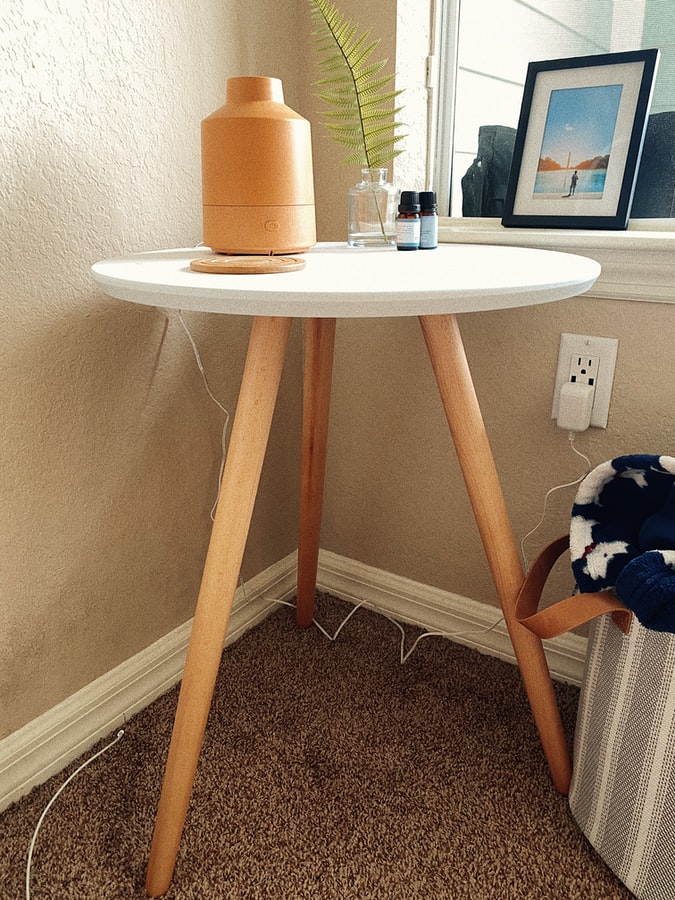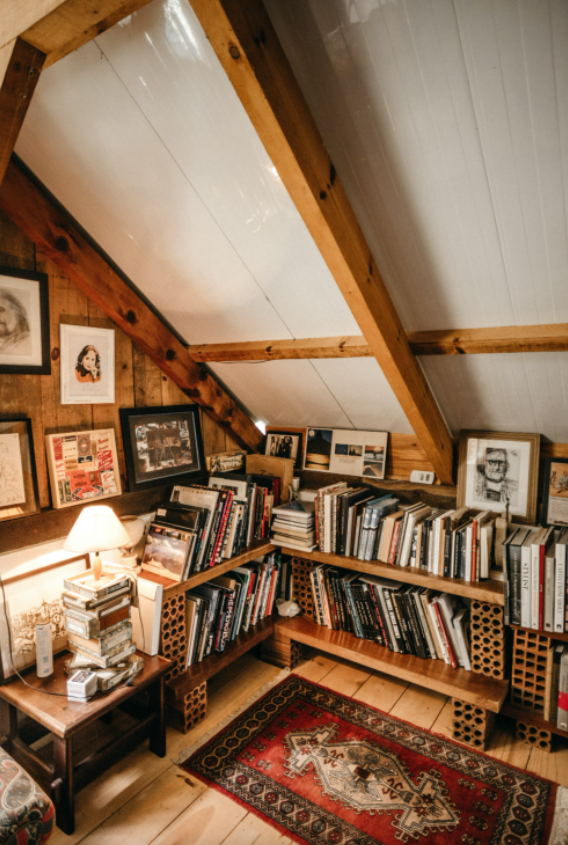How to Add More Outlets to Your Home — Without Adding More Wiring

Do you need more outlets in your home? Here is how to add more outlets without having to rewire your home!
 Photos By: Unsplash
Photos By: Unsplash
Today’s households have an average of 11 connected devices, including seven with screens. That means that unless you have a newly built home, and perhaps even if you do, you need more outlets in your home! But rewiring your home is a big job, and one best left to the professionals. That doesn’t mean you need to hire an electrician just to add a few more outlets to your home. When a power strip or extension cord just won’t cut it anymore, here are your options.
Turn a Light Fixture Into an Outlet
One easy way to get more receptacles in your home is to turn an existing light fixture into an outlet. With the wiring already in place, all you have to do is remove the light fixture and wire up an outlet in the same location instead. You’ll need needle-nosed pliers, a non-contact voltage stripper, wire strippers, and a screwdriver. Simply cut power to the circuit and unscrew the light fixture from the junction box after carefully removing any glass globes or covers from the fixture. Disconnect the wiring in the ceiling or wall and connect your new outlet instead.
There should be three wires connected to your light fixture: white, black, and green or bare. Sometimes you’ll get a red wire instead of a black one. The green or bare wire is the ground, and you’ll connect that to the green grounding screw on the side or back of your new receptacle. The black or red wire is usually hot, and that will connect to the brass screw in your receptacle. The white wire is either neutral or hot, and that will connect to the silver screw in your new receptacle.

Usually, the hard part of replacing a light fixture with a receptacle is patching the hole in the ceiling. Light fixtures are usually larger and shaped differently than receptacles, so before you install your new receptacle, you’ll need to patch the hole in the drywall so that your new receptacle fits. Don’t want to give up your light fixture? You can replace it with a fixture that includes a receptacle. This is a great option for bathrooms and closets, where space is limited and you might need additional lights as well as another receptacle. If you don’t want to do any wiring work at all, you can buy an adapter to turn an existing light socket into a receptacle.
Add More Outlets to an Existing Circuit
As long as you don’t plan to plug in anything that draws a lot of power, like a space heater, you can add more outlets to an existing circuit easily. Most people hire an electrician for this kind of job, though, because it involves running more wiring through your walls and getting the new work permitted and inspected. Just fishing wiring through the wall from one outlet to another, or from a junction box in the ceiling to another place in the wall, is more work than most homeowners want to deal with themselves.

However, there’s a way to add more outlets to an existing circuit without cutting into walls. You can use surface channels to run new wiring on the exterior of your walls. It’ll look neat and tidy, and won’t require you to cut open your walls or fish wire through the insides of your walls. You can paint the channels to match your walls, or leave them a contrasting color. You’ll use the same tools you use to replace a light fixture with an outlet, but you’ll also need a hacksaw to cut the surface channels to size. Plastic surface channels are available and are easier to cut than metal ones. You should have some electrical skills if you want to run more wiring in your home, even if you plan to use surface channels. Your electrical inspector can give you advice on safely adding more outlets to an existing circuit. You’ll need to get a permit and an inspection on this kind of work.
Adding more outlets to your home can be a challenge, but it’s well worth the expense. You’ll have the power you need for all your family’s electronics, and reduce or eliminate the need for unsightly powerstrips and trip-hazard extension cords. It’s one home improvement project you’ll be glad you did.







Leave a Comment